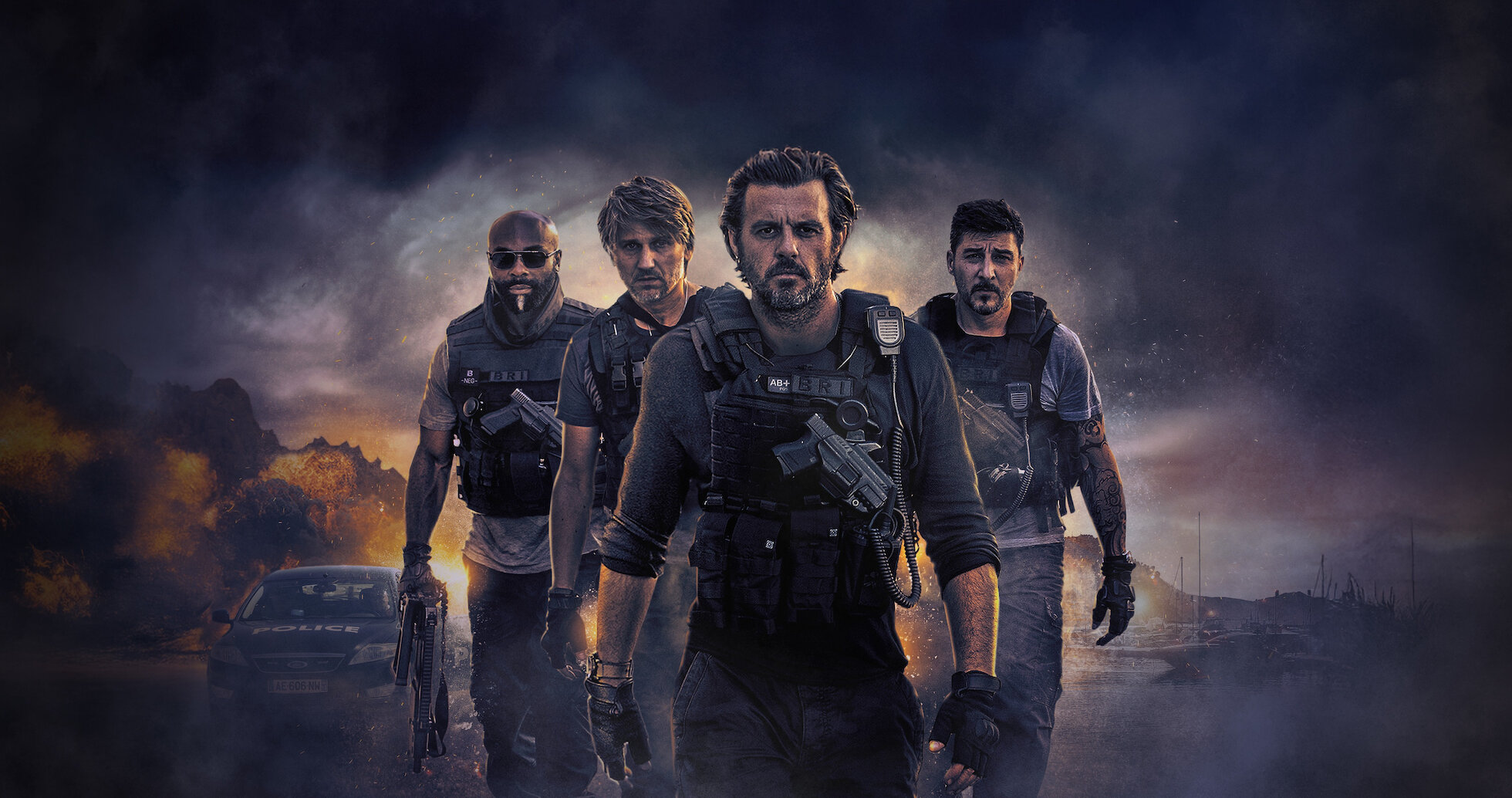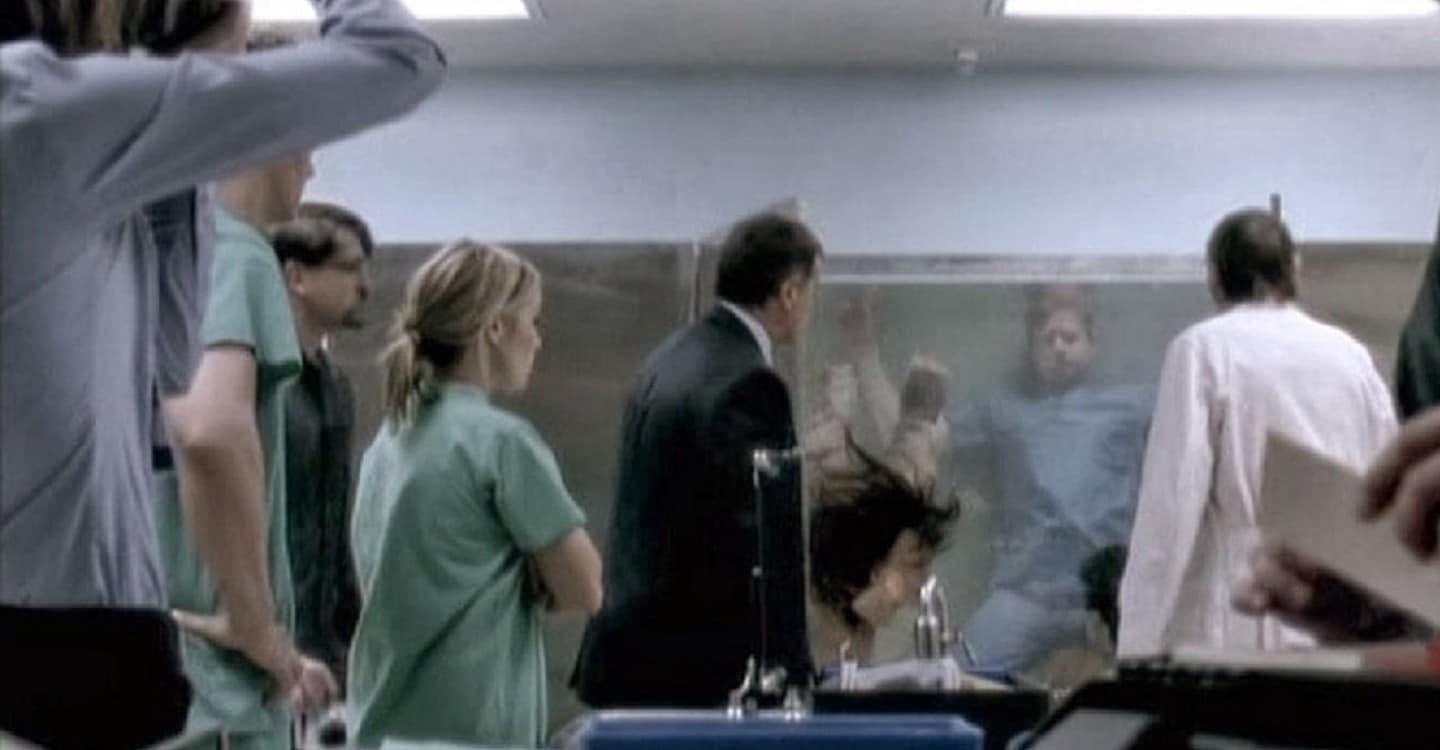Ghosts of Mars – John Carpenter’s Bloody, B-Movie Sci-Fi Western on the Red Planet
Ghosts of Mars, released in 2001 and directed by horror master John Carpenter, is a unique genre mashup that blends science fiction, horror, and Western elements into a gritty, violent, and unapologetically campy tale set on a colonized Mars. With its dystopian tone, synth-heavy soundtrack, and brutal action sequences, the film aims to deliver old-school thrills in a futuristic setting — and while it was largely panned upon release, Ghosts of Mars has since gained a small cult following for its pulpy charm and Carpenter’s signature style.
Set in the year 2176, Mars has been terraformed and partially colonized by humans. The story follows Lieutenant Melanie Ballard (played by Natasha Henstridge), a no-nonsense police officer sent with her team to retrieve a notorious prisoner, James “Desolation” Williams (played by Ice Cube), from a remote mining outpost. However, when the team arrives, they discover the colony is nearly deserted, and the few survivors are either slaughtered or possessed by mysterious, violent entities — the so-called "ghosts" of Mars’ ancient civilization, accidentally released from beneath the planet's surface during mining operations.
As the possessed miners transform into tribal, self-mutilating berserkers who wreak havoc across the settlement, Ballard and Williams must form an uneasy alliance to survive. The film unfolds as a flashback told by Ballard, with layers of the narrative revealed through her testimony to a Martian governing council, adding a noir-ish structure to the action-packed events.

Stylistically, Ghosts of Mars is unmistakably John Carpenter — minimalistic yet atmospheric. His use of practical effects, intense lighting, and throbbing music (which he co-composed, featuring heavy metal influences and collaborations with musicians like Anthrax and Steve Vai) gives the film a raw, chaotic energy. The film is filled with Carpenter's usual trademarks: stoic protagonists, distrust of authority, anti-heroes, and lots of gunfire. The Martian landscapes are painted with red filters and industrial grit, enhancing the sense of isolation and impending doom.
The performances are mixed. Natasha Henstridge holds her own in the lead role, Ice Cube delivers his signature tough-guy presence, and Jason Statham, in an early role, plays a flirty, reckless officer. The dialogue often leans into the cheesy or melodramatic, which contributes to the film’s B-movie appeal — intentionally or not.
Despite its ambition, Ghosts of Mars struggled both critically and commercially. Many found its plot thin, its characters underdeveloped, and its tone inconsistent. However, for fans of Carpenter’s earlier works like Assault on Precinct 13 or Escape from New York, the film offers a familiar rhythm: a small group of outmatched characters fighting back against overwhelming odds in a lawless, decaying environment.

In retrospect, Ghosts of Mars feels like the last gasp of a certain kind of low-budget, high-concept genre filmmaking that Carpenter championed throughout the 1980s and '90s. Though it marked a pause in his directing career, the film has been re-evaluated by fans as a flawed but fascinating example of Carpenter's DIY, anti-establishment vision transplanted to outer space.
In the end, Ghosts of Mars isn’t trying to be high art. It’s a messy, bloody, metal-blasting survival story with a strong female lead, lots of gunfights, and a haunting question: what happens when humanity invades a world it doesn’t understand?



